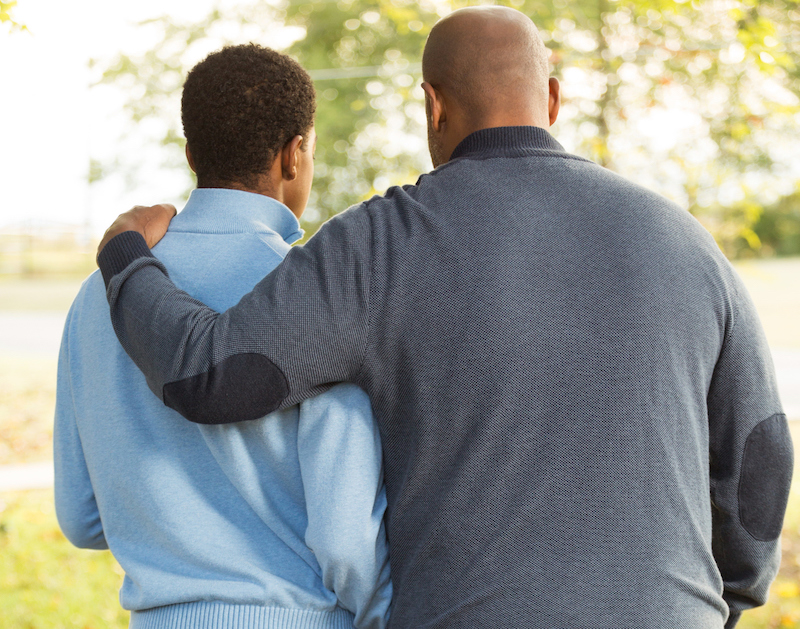
As a surgery physician assistant (PA) fellow, I had the pleasure of rotating through the urology department over the summer. During this time I was surprised by the high volume of testicular torsion cases seen on the service. I noticed many of these cases involved an unfortunate delay in seeking care that significantly affected the patient’s outcome. I felt the topic was worth discussing, considering testicular torsion is a surgical emergency and is the most common cause of testicular loss in adolescents and neonates.1
Testicular torsion occurs when the spermatic cord structures that connect to the testicle become twisted. This twisting, or torsion, compromises blood supply to the testicle. Twisting usually occurs due to an abnormal anatomical attachment of the testicle to the surrounding structures in the scrotum. The classic symptom is the sudden onset of one-sided pain in the scrotum that does not resolve. The pain will be present even when lying still. The pain can often be accompanied by nausea, vomiting, abdominal pain and eventually, swelling of the painful testicle.
When testicular torsion occurs and the blood supply is compromised, treatment is the untwisting of the cord to return adequate blood supply. This is usually done in the operating room under general anesthesia, although sometimes the cord can be untwisted in the emergency room. The longer the testicle is without good blood supply, the higher the risk for the testicle becoming necrotic and “dying.”
However, testicle pain can also occur for reasons other than testicular torsion. Therefore, parents are encouraged to discuss the signs and symptoms of testicular torsion with their son(s). Having done so, boys may be more comfortable alerting parents if they experience these symptoms. The peak age for testicular torsion is 13-14 years old, although it can happen at any age.1 If you find your child complaining of sudden severe testicle pain, do not hesitate to bring him to an emergency center. If you are unsure whether your child’s pain is an emergency, you can always contact your pediatrician.